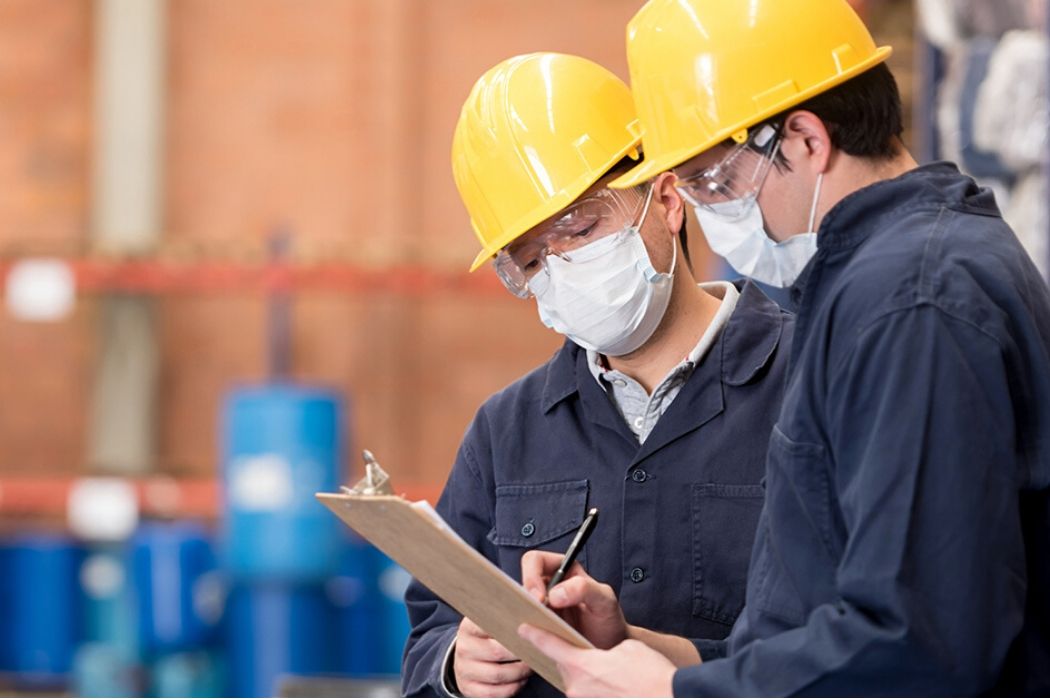
From small businesses to large corporations, many are navigating the complex world of importing personal protective equipment (PPE) for employees, family members, and customers as businesses reopen across the globe.
Whether you have navigated these waters before or are new to importing PPE, COVID-19 has changed the game. In response to the changing environment, our team of experts at C.H. Robinson put together information on four key subjects that will help your PPE supply chain run smoother during a time when simplicity is what you need most.
Exporting PPE from China
Over the past several months, China has been the main source for PPE. So, it’s important you’re up to date on the latest regulations to avoid your freight being held up.
China has recently implemented three key policies that relate to PPE exporting.
-
- Policy 5 requires all medical supplies to meet quality standards of the importing countries, this policy also separated out the process for medical-grade and non-medical-use devices.
- Policy 53 increases CIQ inspection on all PPE products, labels, packaging, and documentation.
- Policy 12 created a white and blacklist of manufacturers and suppliers.
While China’s new policies offer tighter control on PPE being exported, they also have created a dedicated HS-code for PPE product to simplify export declarations.
U.S. and Canada customs best practices
The next key subject to address is importing PPE into the United States and/or Canada. It’s important you understand various government agency requirements and determine which ones apply depending on whether the PPE is for general or medical use. From there, other factors like labeling, packaging, and marketing of the product can influence these regulations as well.
Importing PPE into the United States
Depending on the PPE commodity you are importing, there can be multiple U.S. Customs and Border Protection (CBP) and U.S. Food and Drug Administration (FDA) requirements to navigate. And due to the nature of the shipping industry, these regulations can change quickly—especially for medical grade equipment.
Importing PPE into Canada
While importing into Canada has some similarities—like changing regulations—there are some clear differences to be aware of as well. It’s important to note that while intended use, labeling, packaging, and advertising can be used to determine medical vs. general use in Canada, this is ultimately determined by the Canadian inspectors.
Metered freight solutions
In this environment, we’re seeing companies turn to air freight to move their personal protective equipment quickly. However, when the demand for passenger travel plummeted in the wake of the COVID-19 pandemic, a dramatic reduction in cargo capacity followed. As you might imagine, this has drastically changed normal market conditions for air shipping
While delivering all your PPE as fast as possible via air might seem like your only option, solutions like freight metering, which utilizes both air and ocean, can also meet your needs while providing cost-savings.
Ask yourself:
- How much of our PPE do we really need to fly?
- How much of that is safety stock?
- What’s the end user consumption rate?
- What’s the output rate at the factory?
Answers to these questions and cross-functional conversations that include purchasers, factory contacts, logistics providers, and end users can reveal that only a portion of your purchase order (PO) should fly and a balance of it should ship as ocean freight.
The key to metering your freight is to choose air freight for just enough of your order to match your end users’ consumption rate. As ocean freight catches up, it can significantly reduce your freight spend.
Looking for more benefits of a metered air and ocean shipping solution for critical PPE orders?
FCL and LCL expedited ocean shipping
Lastly, we understand your need to continue moving your PPE cargo as quickly and cost-effectively as possible. Utilizing expedited less than container load (LCL) or full container load (FCL) shipping could be the differentiator you need. In fact, depending on your PPE’s delivery city, C.H. Robinson’s expedited LCL services can cut traditional LCL transit time by 4 to 14 days and keep your costs nearly 80% lower than air freight services.
In conclusion
PPE has become an extremely important and in-demand commodity as we face COVID-19. So, whether you’re looking to import PPE for the first time or as part of your normal procurement process, C.H. Robinson’s experts can help you build a more resilient supply chain when shipping PPE around the globe. As the market continues to change, our global suite of service offerings and market expertise remains available to help your PPE supply chain. We’re here to help today so you can have a better PPE process tomorrow.



